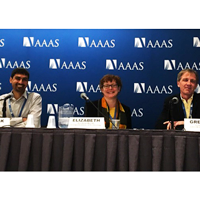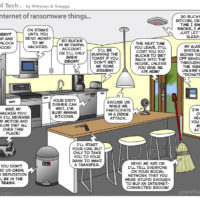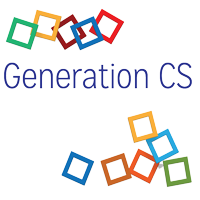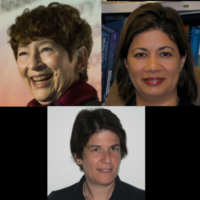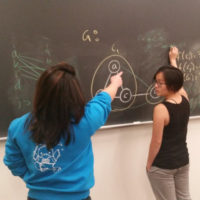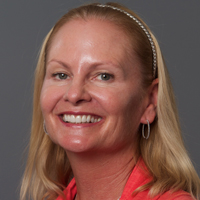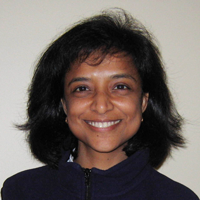
Expanding the Pipeline: Interview with Sandhya Dwarkadas
Sandhya Dwarkadas is the Albert Arendt Hopeman Professor of Engineering and and Chair of the Computer Science Department at the University of Rochester, with a secondary appointment in Electrical and Computer Engineering. Dwarkadas has made contributions to hardware- and software-based shared memory implementations and system reconfigurability, and has 12 U.S. patents. She is a CRA-W board member, and is currently on the editorial board of CACM Research Highlights and IEEE Micro.


